Orthodontics for children and adolescents
With orthodontic treatment, children and adolescents can use various appliances to influence not only jaw growth, but also the position of their teeth. So it's important to start orthodontic treatment at the right time.
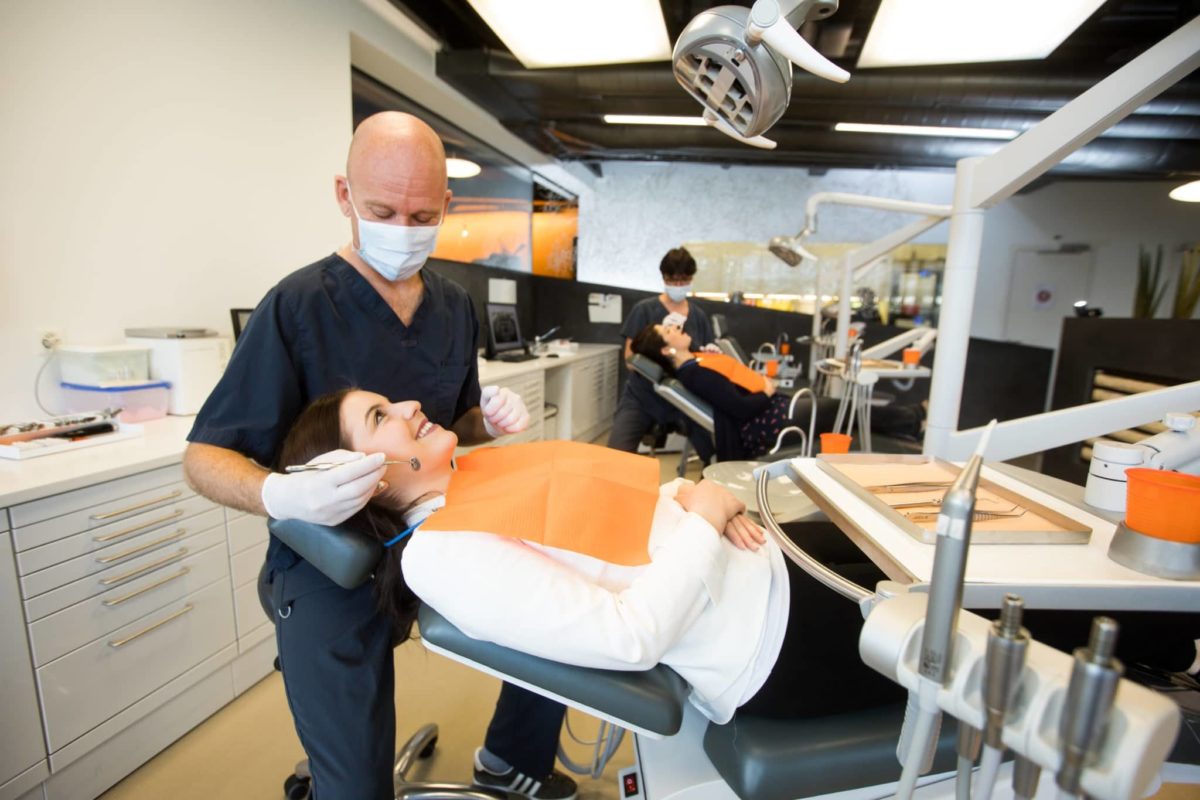
At what age should you seek orthodontic treatment?
A first orthodontic consultation is recommended around the age of 7, when the first permanent teeth have erupted. It provides an overall assessment of bone and tooth development, tooth position and occlusion.
A panoramic X-ray may sometimes be necessary to ensure that all teeth are present and developing normally.
This initial consultation does not necessarily lead to the start of orthodontic treatment. Our philosophy is to follow children throughout their dental development, so that we can offer the most effective treatment in the shortest possible time. It’s vital that we don’t fit braces too early, thereby prolonging treatment unnecessarily.
Orthodontic treatment requirements for children and adolescents
A full oral and dental check-up must be carried out before treatment begins. Any cavities must be treated before treatment begins.
It is also important to maintain good dental hygiene throughout treatment. Depending on the type of appliance, hygiene care may be more complicated and slightly increase the risk of caries development. The patient’s contribution to hygiene care is essential to the success of the treatment.
What types of orthodontic treatment are available for children?
If the first orthodontic consultation proves normal, and bone and tooth development are proceeding adequately in relation to growth, the orthodontist decides to place the child under supervision.
Follow-up appointments are scheduled at regular intervals (6, 12, 18 or 24 months) to monitor dental development and intervene if treatment is required.
The same applies if an orthodontic problem is detected, but can be treated more effectively at a later stage.
When is an interceptive treatment recommended?
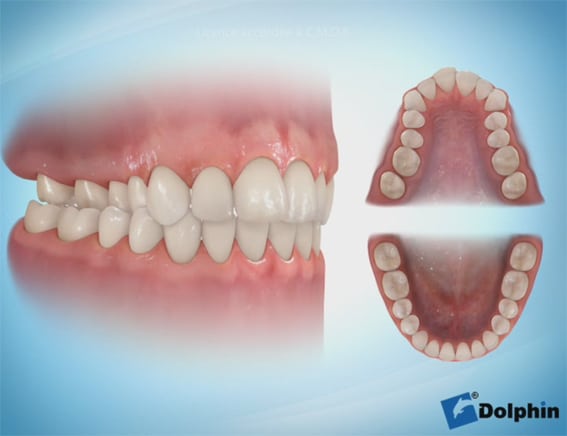
Upper dental arch narrower than lower arch
This imbalance between the widths of the jaws can lead to significant functional problems, and requires correction with an appliance that expands the palate (hyrax).
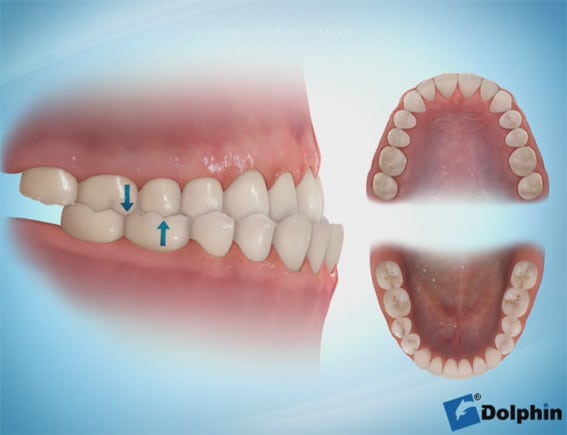
Lower incisors in front of upper incisors
In all cases, this malocclusion requires early intervention in an attempt to direct bone growth and tooth position.
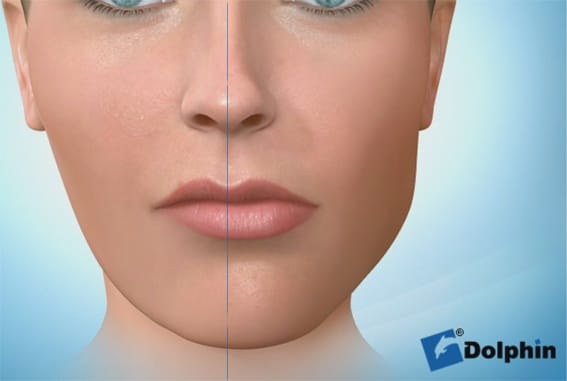
Chin deviation during mouth closure
Generally resulting from premature contact between deciduous teeth, this damage can lead to jaw deformity over time. Correction is then necessary, with selective grinding, or even extraction of deciduous teeth in extreme cases.
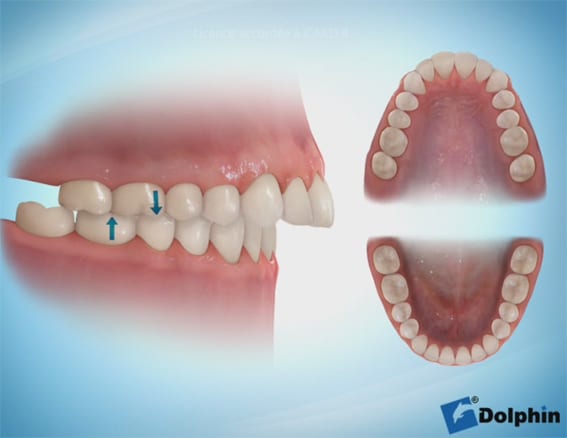
Upper incisors forward
This is generally the result of bad habits during childhood (thumb sucking over 4-5 years, tongue interposition, etc.), which can lead to functional problems with chewing or speech. Oral screen appliances are sometimes used to eliminate these bad habits. Upper incisors that are too far forward considerably increase the risk of trauma and fracture of these teeth.
Abnormal persistence of baby teeth
These milk teeth can interfere with the eruption of a permanent tooth and need to be removed.
Conventional orthodontic treatment for children
Conventional orthodontic treatment begins at the earliest, around age 10-11, and is carried out in the permanent dentition.
The teeth have reached their definitive size, but the jaws have not yet fully grown.
Orthodontic treatment can correct tooth alignment, close gaps between teeth, correct tooth tilting or change the way teeth fit together with fixed or removable appliances. The aim of conventional orthodontic treatment is not only to achieve an aesthetic result, but above all to limit the occurrence of oral pathologies.
In all cases, before orthodontic treatment is undertaken, full documentation (photographs, X-rays and digital impressions) and a discussion appointment will be scheduled to allow the orthodontic specialist to explain the diagnosis, treatment plan and cost in detail.